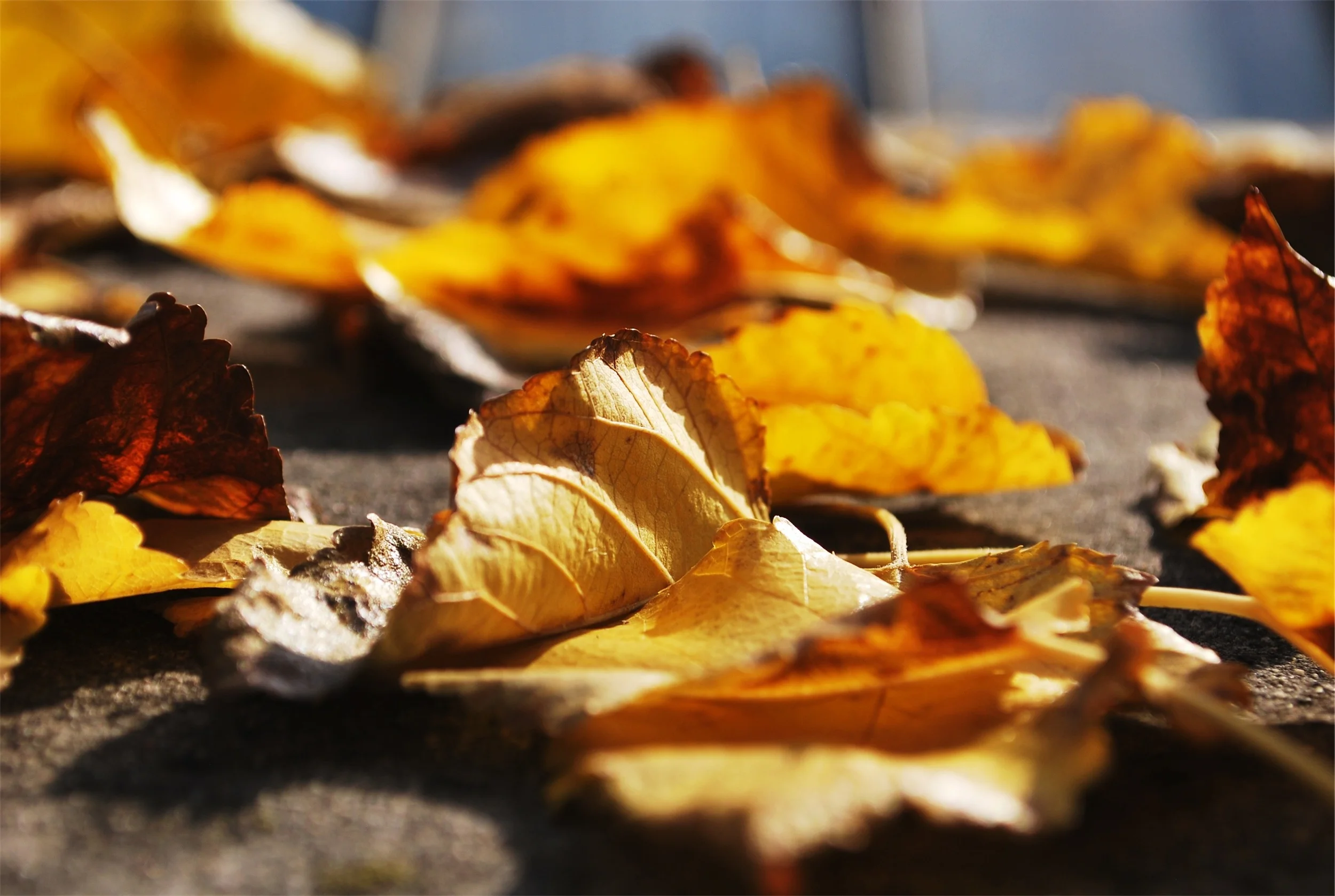DEA Ayahuasca Report is Challenged
In February 2023, the Drug Enforcement Administration (DEA) released a document to the legal team representing the Church of the Eagle and the Condor (CEC).
On June 9, 2023, the Chacruna Institute published an article in the peer-reviewed Journal of Psychedelic Studies contesting the DEA’s report. The article, “The DEA Report on Ayahuasca Risks: ‘Science’ in Service of Prohibition?” was written in partnership with leading experts on ayahuasca, including scholars from the fields of biology, neuroscience, psychology, psychiatry, anthropology, and sociology.
Read moreMescaline
An interesting and questionable article on mescaline.
The article devotes a couple paragraphs on the tendency to vomit after drinking the Bolivian torch or San Pedro cactus. The author fails to comment that in Peru, the San Pedro cactus is used in ceremony, only under the guidance of a shaman and for spiritual purposes. It is not at all common to vomit, though it is true it does not taste good.
The reckless use of these sacred plants, that indigenous cultures have used historically, continues to be problematic.
The Importance of Indigenous Knowledge
This can’t be emphasized enough: Various indigenous cultures found, used, and promoted plant-based psychedelics for human wellness and spiritual development for thousands of years, in almost every place where humans lived on the planet.
Read moreRespecting Indigenous People in Psychedelics
Psychedelic medicine has a duty to respect its indigenous roots.
Here’s how we can pay indigenous people the respect they deserve.
Read morePsychotherapy and Indigenous Wisdom
This looks interesting, check it out!
Read moreNon-ordinary States of Consciousness
Non-ordinary states of consciousness hold psychological and spiritual contents that, when properly integrated, can offer tremendous life-affirming value. Keep reading for more!
Read moreHuichol Plant Medicine Traditions
This interview with the Huichol tribe discusses their plant medicine traditions, particularly as they relate to the peyote cactus, which is central to their identity.
Read more